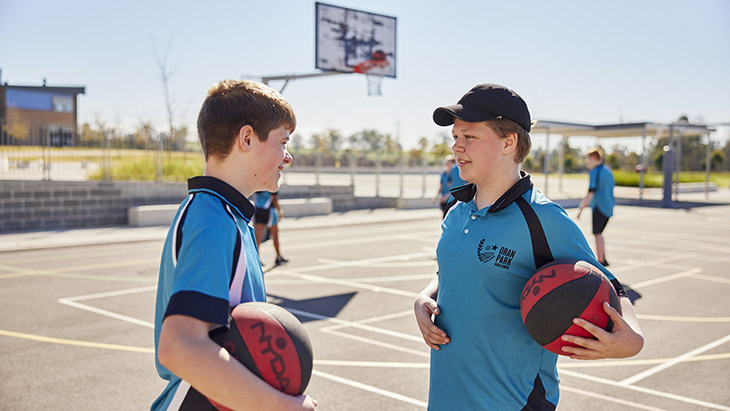Evidence-based strategies for intellectual disability
Consider adjustments to activites and classroom expectations
Tailor tasks to engage students
Tailor tasks for the student’s current level of understanding so they can achieve success and build from there.
Give students lots of time to practise
Offer fewer tasks with more time to practise instead of many tasks with little time to practise.
Have a consistent routine
Routines help a student understand how to behave. Students often feel more secure when they know what to expect.
Work collaboratively
Provide plenty of opportunities for students to work together
Students with and without an intellectual disability can get to know each other and build friendships through working together. This also helps students learn through watching others.
Allocate specific tasks within the group
Consider assigning tasks so that a student with an intellectual disability can use tailored materials or instructions if needed.
Provide lots of opportunities to practise
Lots of time to practise in different settings and with different materials can help students learn to use that skill in other situations.
Consider adjustments to communication style
Get student's attention before communicating
When giving instructions or talking with students check that you have their full attention before beginning. This can be done out loud or with a gesture.
Be clear and specific
It can be helpful to give clear and specific instructions about the task or behaviour expected, and how much time they have to work in.
Use visual instructions
Visual instructions about a task or behaviour may help support some students. Consider demonstrating the task or behaviour, or asking another student to demonstrate.
You could also use a visual schedule, poster, or video to outline or model the task. Some students may find it easier if they can use gestures.
Some students may need to point to the correct answer instead of talking.
Use graduated prompting
Provide lots of concrete prompts and support when a student is first learning a task, and reduce these supports as they become more proficient.
Access our graduated guidance poster for more information.
